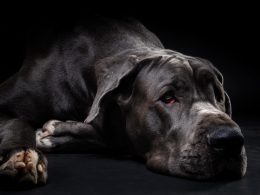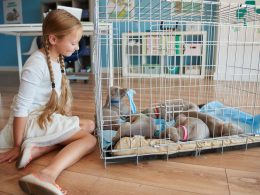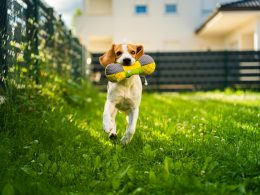What Makes Dog Breeds so Affectionate?
Dog breeds are so affectionate because it’s in their nature and they’ve been companions for a long time. Labradors were first bred to help fishermen and hunters but now they’re known for being great friends to people. Golden Retrievers were also bred to help hunters and they’re patient and loving, making them popular pets for families everywhere.
The 14 Affectionate Dog Breeds
-
Great Danes
The Great Dane is a breed of working dog that originated in Germany over 400 years ago. Originally used for boar hunting these dogs exhibit swift alert natures and courage. They have a massive square jawed head and elegant body lines. Despite their large size, Great Danes are smart and can be as clever as a three year old human. Studies show they can understand up to 250 words and gestures and are quick learners regarding commands.
Great Danes are loyal and affectionate towards their owners, often willing to protect their families. They are intelligent dogs making them easy to train. With proper training they can learn to respond well to commands. However they are not suited for long distance running, preferring short bursts of activity. A fully grown Great Dane can reach speeds of up to 30 mph.
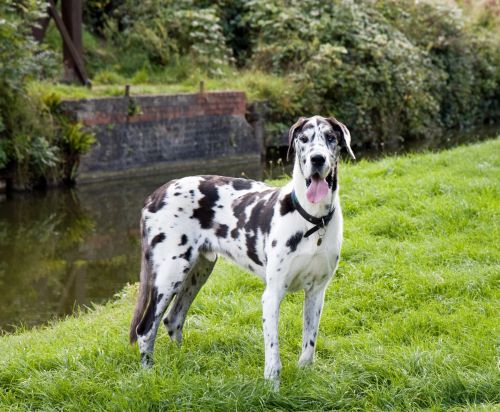
- Origin Germany
- Lifespan 8 to 10 years
- Size Extra Large
-
American Pitbull Terrier
The pit bull also known as the American Pit Bull Terrier originated in 19th century England, Scotland and Ireland for hunting purposes. It’s a mix of bulldog and terrier ancestry. While the American Kennel Club doesn’t officially recognize pit bulls as a separate breed other organizations do.
When raised and trained properly pit bulls make fantastic companions. Despite their reputation for aggression a well bred pit bull is kind, intelligent and easily trained. They’re loving, playful and faithful and they form strong bonds with their human family members.
While some pit bulls may have aggressive tendencies towards other dogs and a strong prey drive others can get along well with other pets. They require a responsible owner who understands the breed, knows how to socialize them properly and can avoid potentially tricky situations.
Pit bulls thrive on human interaction and are excellent cuddlers. Their fun loving and affectionate nature makes them beloved by many admirers.

- Origin United Kingdom
- Lifespan 8 to 15 years
- Size 17 to 21 inches
-
Rottweiler
Rottweilers are among the oldest Dog Breeds. In ancient times they traveled with the Romans in Germany helping with tasks like driving cattle and guarding places. When the Romans left many of these dogs stayed behind and in a town called Rottweiler in southern Germany they evolved into the Rottweilers we know today.
In the United States Rottweilers affectionately called Rotties are incredibly popular. They have a reputation for being powerful, protective and loyal especially known for their guarding instincts. Despite this Rottweilers are also quite trainable which makes them devoted, affectionate and confident protectors.
When people breed and raise Rottweilers properly these dogs usually become calm, confident and brave without being too aggressive. Even though they might seem serious around strangers. Rottweilers are playful and silly with their favorite people, making them even more lovable.
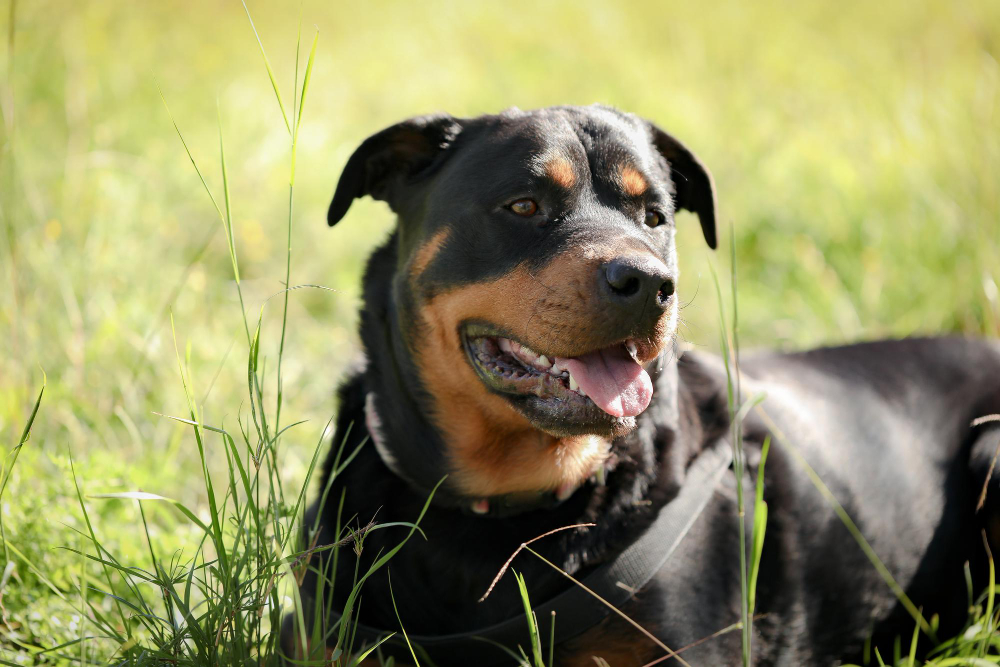
- Origin Germany
- Lifespan 8-10 years
- Size Large
-
Newfoundland
French fishermen brought Pyrenees sheepdogs to Newfoundland between 1506 and 1662 and English colonists introduced black retrievers. Jean Denys established a base on the island in 1506 with subsequent French expeditions leading to permanent settlement in 1662. Newfoundland dogs, also known as smooth coated retrievers are globally recognized for their water rescuing skills and symbolize the province. They inspire many stories and legends due to their bravery and loyalty.
Newfoundland and Labrador’s people are friendly and welcoming, known for their fun loving funny and creative nature. They have a unique language and excel in storytelling.

- Origin North America
- Lifespan 9-12 years
- Size Giant
-
Boxer
Boxers actively earn their reputation as working dogs, pioneering roles as police and seeing eye dogs. Beyond their professional duties breeders purposefully cultivate them to serve as loyal companions and guard dogs cherished for their affection toward children. Despite enduring an unjust reputation for danger. Boxers inherently display playfulness, affection and loyalty rendering them exceptional family pets.
Boxers are intelligent but they also have a strong will. As their trainer you need to be patient, consistent and creative. Boxers can get bored with repetitive training and with their sense of humor they might come up with their ways of doing things during training.
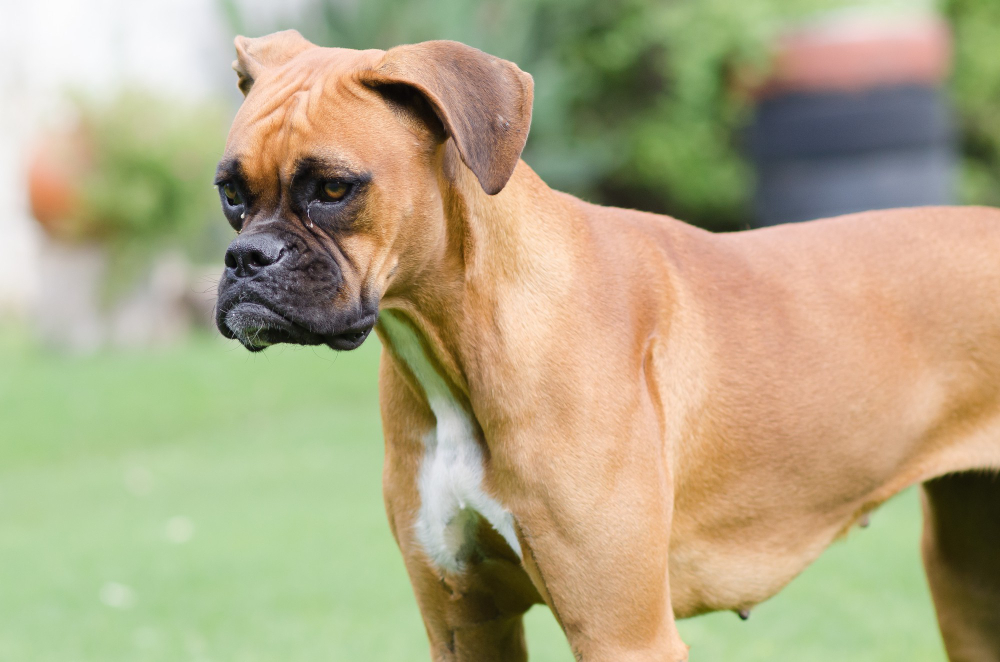
- Origin Germany
- Lifespan 10 to 12 years
- Size Large
-
Bulldog
The Bulldog stands out as one of the sweetest dogs characterized by a laid back demeanor and a constant willingness to cuddle. They happily nap with you anytime, anywhere and crave attention.
However, Bulldogs may not have the patience for younger kids who play rough with them. They’re playful with older children and friendly towards strangers. Bulldogs are also known for snoring and passing gas so get ready for some laughs.
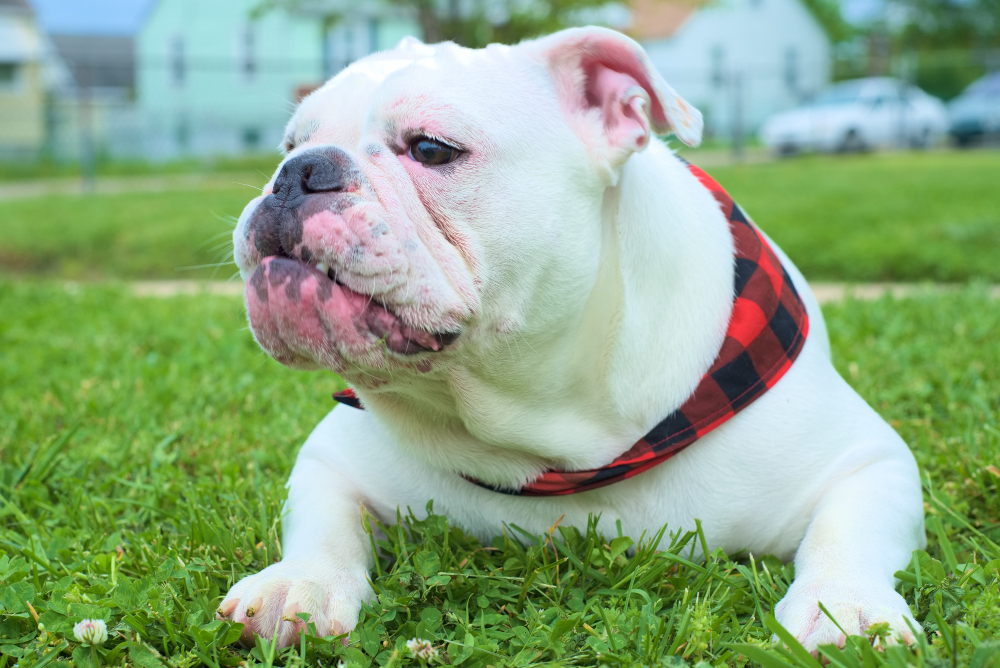
- Origin: England
- Lifespan: 8 to 11 years
- Size: Medium to Large
-
Dachshund
Dachshunds come in two sizes: standard and miniature. Standard ones weigh between 16 and 32 pounds and can be up to 9 inches tall while miniatures are 11 pounds or less and no more than 6 inches tall. They have three coat types and come in many colors and patterns.
Because of their long bodies and short legs, it’s important to be careful when they jump down from high places. Regardless of their size, Dachshunds are very affectionate. As a Dachshund owner, I’ve never felt so much love from a dog. They like to be close to you always, sometimes even on top of you.
Dachshunds make great watchdogs but can be stubborn so experience is important to handle them well. However, their loyalty and lively personality make them wonderful family pets.
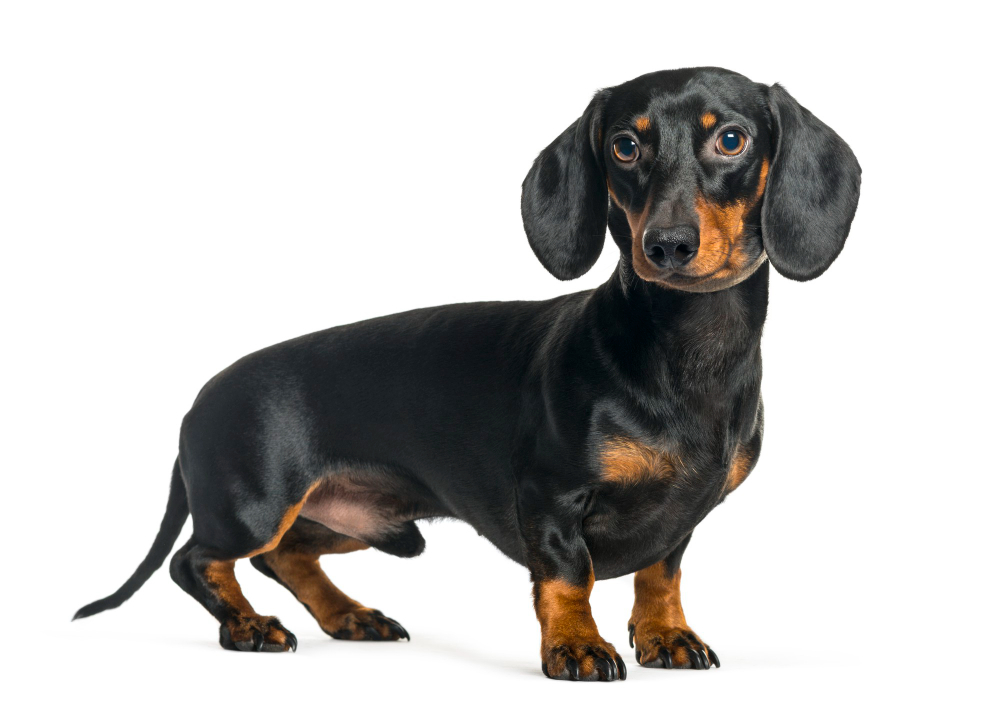
-
Cavalier King Charles Spaniel
The Cavalier King Charles Spaniel is a special dog with a long history. Back in the olden days fancy people like kings and queens loved having them around because they were cute and friendly. You can even see them in old paintings sitting on the laps of rich folks. These dogs are small but charming with their silky fur and long ears. They love hanging out with people and can live in big houses or small apartments. Cavaliers are super friendly and get along great with kids and other pets. They’re also amazing at making people feel better as therapy dogs, especially in hospitals and nursing homes. They’re like furry little healers spreading happiness wherever they go.
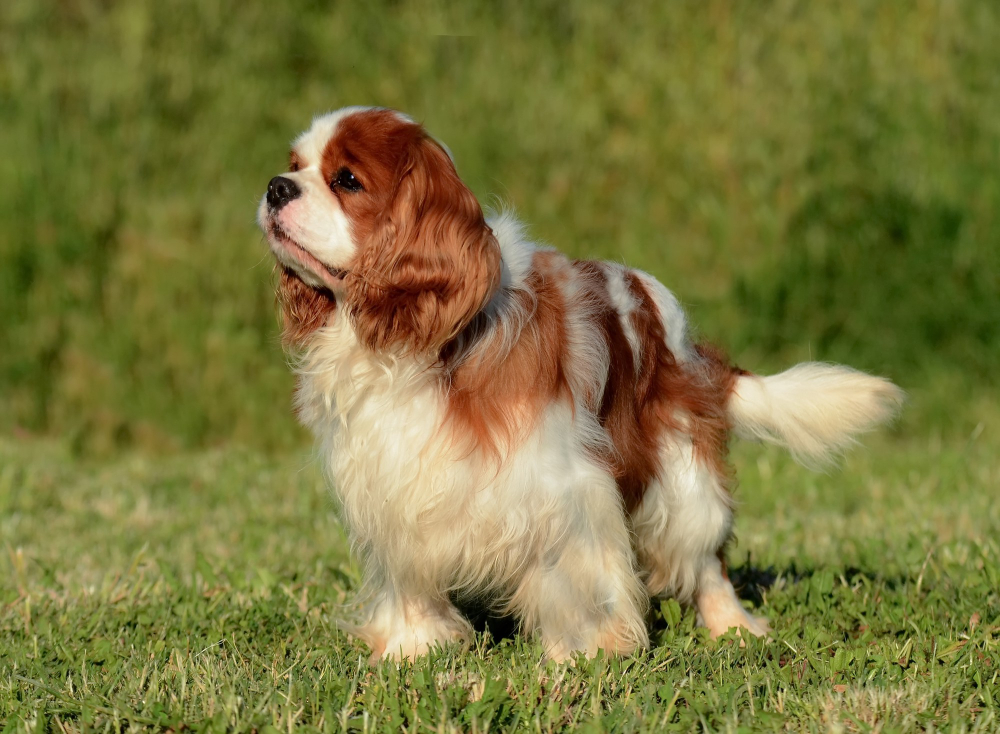
- Origin: northern Europe
- Lifespan: 12 to15 years
- Size: Medium
-
Beagle
Beagles have a long history in Dog Breeds that goes back to ancient times. They were originally bred for hunting small game like rabbits and hares. The modern Beagle breed we know today started in England in the 19th century. They were bred for their great sense of smell and stamina, making them perfect hunting companions for English gentlemen. Beagles are small to medium sized dogs with a friendly and gentle temperament. They have a unique howl like bark known as a bay and are famous for their playful and curious nature. Beagles make excellent family pets and get along well with children and other pets. They love human companionship and being part of the family.
Beagles are smart and independent which can sometimes make them stubborn. However, they become loyal and affectionate companions with the right training and socialization.
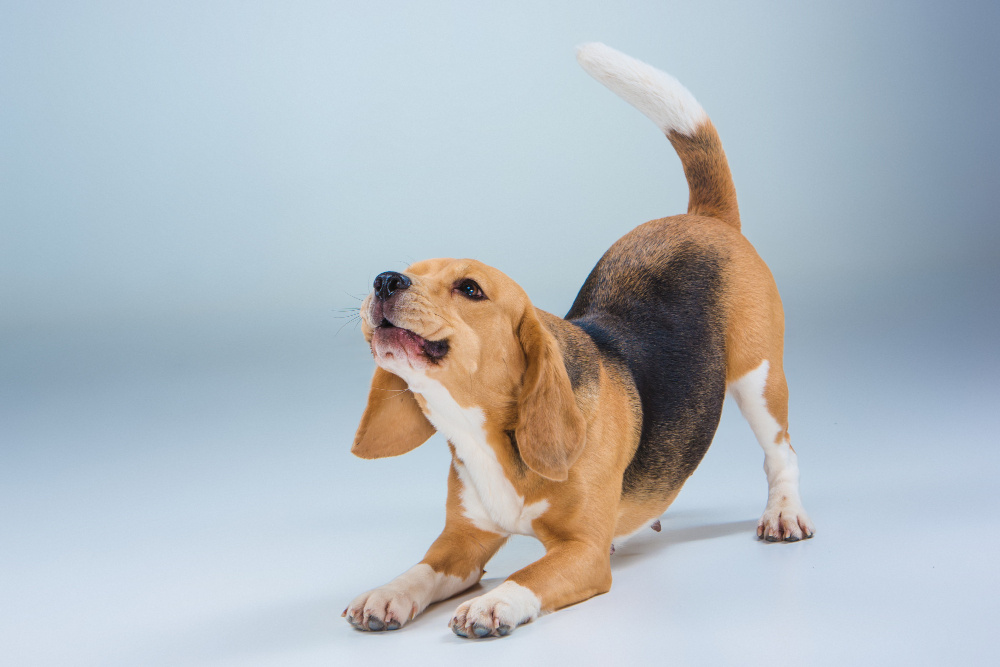
- Origin: England
- Lifespan: 12-15 years
- Size: Small to medium
-
Labrador Retriever
Labrador Retrievers have their origins in Newfoundland, Canada. They were initially bred by fishermen in the early 19th century to retrieve fish and haul nets through icy waters. This early breeding led to the development of a dog with a strong work ethic, intelligence and a love for water. Labrador Retrievers own friendly and outgoing personalities boasting a sturdy build and a dense water resistant coat. They excel as family pets particularly renowned for their affinity with children. Labs thrive on human companionship and are eager to please which has made them popular as service dogs search and rescue dogs and therapy dogs. Their intelligence and trainability also make them successful competitors in dog sports like obedience agility and field trials.
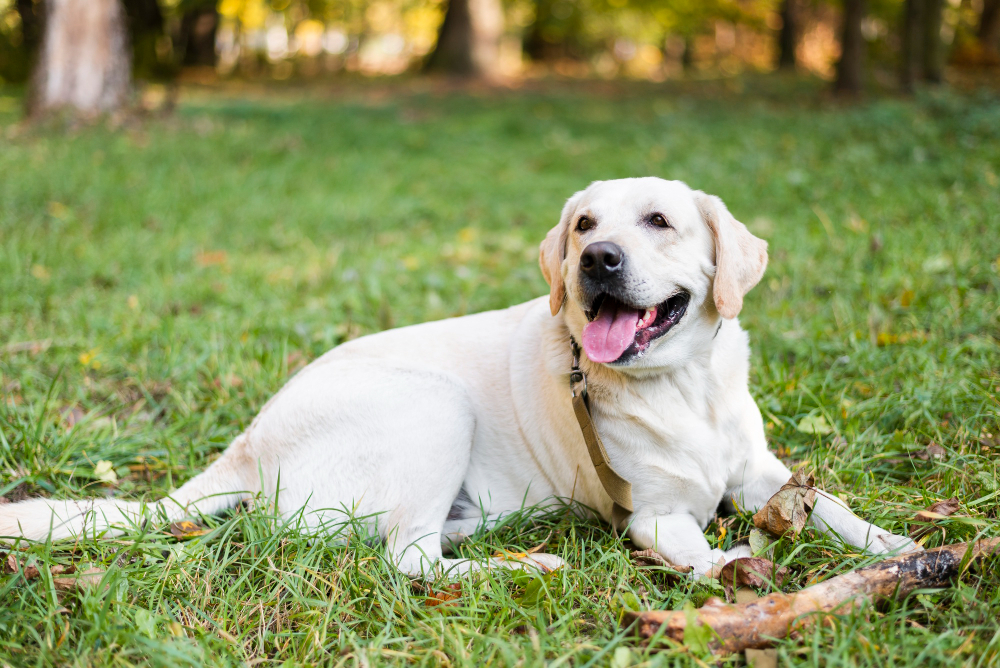
- Origin: Newfoundland
- Lifespan: 10-12 years
- Size: Medium to Large
If you are a dog lover, you should know about Dog breeds and their characteristics and everything about them. With Pets with Me information you will know which breed is good for you.
Frequently Asked Questions
-
How do I pick the right dog breed for me?
When choosing a dog breed, consider size, temperament, energy level grooming needs, and whether they’ll fit your lifestyle. Research different breeds to find one that matches what you’re looking for.
-
Are mixed-breed dogs good for families?
Mixed-breed dogs or mutts can be great family pets. They often have the best qualities of different breeds and tend to be healthier. Adopting one from a shelter not only gives a home to a loving pet but also offers a unique experience for your family.
-
What are some wrong ideas people have about certain dog breeds?
Many Dog breeds get unfairly judged because of stereotypes. Take Pit Bulls for example. People think they’re mean but they can be loving if raised right. It’s important to see each dog as an individual and not just assume things based on their breed.











